8 items found
-
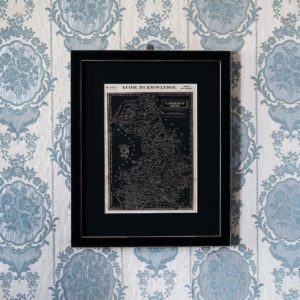
Pinnock’s Knowledge 1838,
£120 eachPinnock’s Knowledge 1838,
Woodblock print published 1838.William Pinnock, born 1782 was an, English publisher and educational writer. In 1817 he went to London and, in partnership with Samuel Mander, began to publish cheap educational works. The firm's first productions were a series of Catholic instructional works aimed at the young, arranged in the form of question and answer, of the different departments of knowledge. They were followed by abridged editions of Goldsmith's histories of England, Greece and Rome, and a series of county histories which were no less profitable. Pinnock lost nearly all his money in outside speculation, and died in London on the 21st of October 1843.
£120 each -
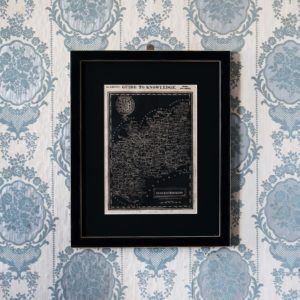
Pinnock’s Knowledge 1838,
£120 eachPinnock’s Knowledge 1838,
Woodblock print published 1838.William Pinnock, born 1782 was an, English publisher and educational writer. In 1817 he went to London and, in partnership with Samuel Mander, began to publish cheap educational works. The firm's first productions were a series of Catholic instructional works aimed at the young, arranged in the form of question and answer, of the different departments of knowledge. They were followed by abridged editions of Goldsmith's histories of England, Greece and Rome, and a series of county histories which were no less profitable. Pinnock lost nearly all his money in outside speculation, and died in London on the 21st of October 1843.
£120 each -
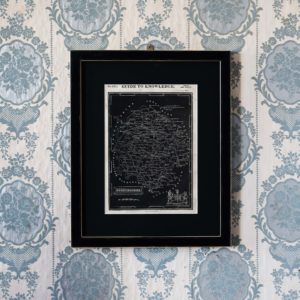
Pinnock’s Knowledge 1838,
£120 eachPinnock’s Knowledge 1838,
Woodblock print published 1838.William Pinnock, born 1782 was an, English publisher and educational writer. In 1817 he went to London and, in partnership with Samuel Mander, began to publish cheap educational works. The firm's first productions were a series of Catholic instructional works aimed at the young, arranged in the form of question and answer, of the different departments of knowledge. They were followed by abridged editions of Goldsmith's histories of England, Greece and Rome, and a series of county histories which were no less profitable. Pinnock lost nearly all his money in outside speculation, and died in London on the 21st of October 1843.
£120 each -
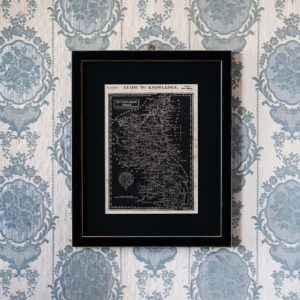
Pinnock’s Knowledge 1838,
£120 eachPinnock’s Knowledge 1838,
Woodblock print published 1838.William Pinnock, born 1782 was an, English publisher and educational writer. In 1817 he went to London and, in partnership with Samuel Mander, began to publish cheap educational works. The firm's first productions were a series of Catholic instructional works aimed at the young, arranged in the form of question and answer, of the different departments of knowledge. They were followed by abridged editions of Goldsmith's histories of England, Greece and Rome, and a series of county histories which were no less profitable. Pinnock lost nearly all his money in outside speculation, and died in London on the 21st of October 1843.
£120 each -
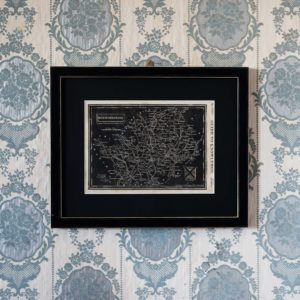
Pinnock’s Knowledge 1838,
£120 eachPinnock’s Knowledge 1838,
Woodblock print published 1838.William Pinnock, born 1782 was an, English publisher and educational writer. In 1817 he went to London and, in partnership with Samuel Mander, began to publish cheap educational works. The firm's first productions were a series of Catholic instructional works aimed at the young, arranged in the form of question and answer, of the different departments of knowledge. They were followed by abridged editions of Goldsmith's histories of England, Greece and Rome, and a series of county histories which were no less profitable. Pinnock lost nearly all his money in outside speculation, and died in London on the 21st of October 1843.
£120 each -
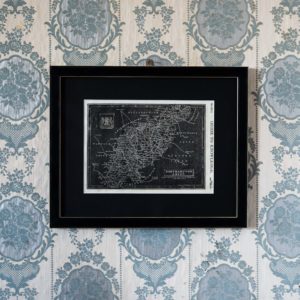
Pinnock’s Knowledge 1838,
£120 eachPinnock’s Knowledge 1838,
Woodblock print published 1838.William Pinnock, born 1782 was an, English publisher and educational writer. In 1817 he went to London and, in partnership with Samuel Mander, began to publish cheap educational works. The firm's first productions were a series of Catholic instructional works aimed at the young, arranged in the form of question and answer, of the different departments of knowledge. They were followed by abridged editions of Goldsmith's histories of England, Greece and Rome, and a series of county histories which were no less profitable. Pinnock lost nearly all his money in outside speculation, and died in London on the 21st of October 1843.
£120 each -
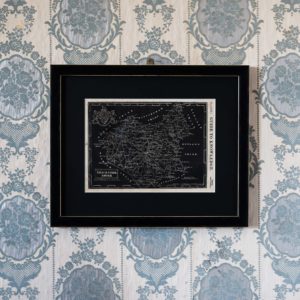
Pinnock’s Knowledge 1838
£120 eachPinnock’s Knowledge 1838
Woodblock print published 1838.William Pinnock, born 1782 was an, English publisher and educational writer. In 1817 he went to London and, in partnership with Samuel Mander, began to publish cheap educational works. The firm's first productions were a series of Catholic instructional works aimed at the young, arranged in the form of question and answer, of the different departments of knowledge. They were followed by abridged editions of Goldsmith's histories of England, Greece and Rome, and a series of county histories which were no less profitable. Pinnock lost nearly all his money in outside speculation, and died in London on the 21st of October 1843.
£120 each -
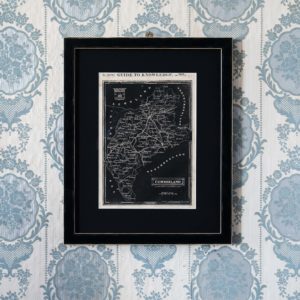
Pinnock’s Knowledge 1838
£120 eachPinnock’s Knowledge 1838
Woodblock print published 1838.William Pinnock, born 1782 was an, English publisher and educational writer. In 1817 he went to London and, in partnership with Samuel Mander, began to publish cheap educational works. The firm's first productions were a series of Catholic instructional works aimed at the young, arranged in the form of question and answer, of the different departments of knowledge. They were followed by abridged editions of Goldsmith's histories of England, Greece and Rome, and a series of county histories which were no less profitable. Pinnock lost nearly all his money in outside speculation, and died in London on the 21st of October 1843.
£120 each
Featured Items
-
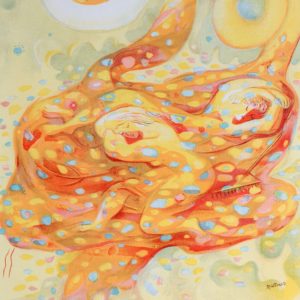
Autumn by Abraham Rattner, Verve Vol. 1 / No. 3.
£600Autumn by Abraham Rattner, Verve Vol. 1 / No. 3.
The Verve Review was a purposefully luxurious. It ran from 1937 to 1960, but with only 38 editions available, due to the high degree of design and editorial work dedicated to each issue. Each edition contained unique lithographic prints, commissioned by the editor, and each cover a double-page lithograph elaborated by one of the artists contained within. It was the brainchild of its editor Stratis Eleftheriades, a Greek National who moved to Paris in the early thirties to take part in the growing Modernist movement, writing under the name of Teriade.£600 -
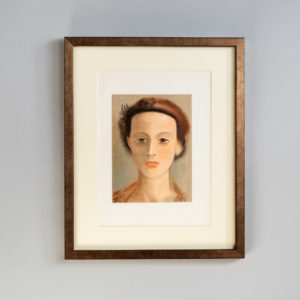
Portrait by Andre Derain, Verve Vol 2 / No. 5-6.
£800Portrait by Andre Derain, Verve Vol 2 / No. 5-6.
The Verve Review was a purposefully luxurious. It ran from 1937 to 1960, but with only 38 editions available, due to the high degree of design and editorial work dedicated to each issue. Each edition contained unique lithographic prints, commissioned by the editor, and each cover a double-page lithograph elaborated by one of the artists contained within. It was the brainchild of its editor Stratis Eleftheriades, a Greek National who moved to Paris in the early thirties to take part in the growing Modernist movement, writing under the name of Teriade.£800 -
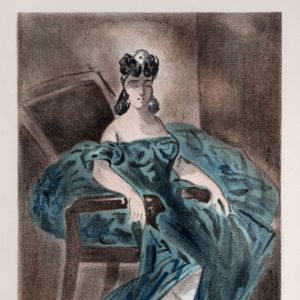
Portraits Part I by Constantin Guys, Verve Vol 2 / No. 5-6.
£500Portraits Part I by Constantin Guys, Verve Vol 2 / No. 5-6.
The Verve Review was a purposefully luxurious. It ran from 1937 to 1960, but with only 38 editions available, due to the high degree of design and editorial work dedicated to each issue. Each edition contained unique lithographic prints, commissioned by the editor, and each cover a double-page lithograph elaborated by one of the artists contained within. It was the brainchild of its editor Stratis Eleftheriades, a Greek National who moved to Paris in the early thirties to take part in the growing Modernist movement, writing under the name of Teriade.£500 -
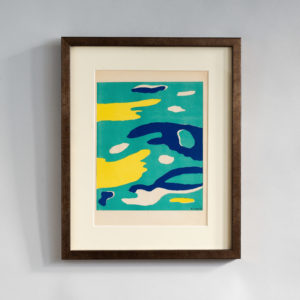
The Four Elements, Water by Fernand Leger, Verve Vol. 1 / No. 1.
£600The Four Elements, Water by Fernand Leger, Verve Vol. 1 / No. 1.
The Verve Review was a purposefully luxurious. It ran from 1937 to 1960, but with only 38 editions available, due to the high degree of design and editorial work dedicated to each issue. Each edition contained unique lithographic prints, commissioned by the editor, and each cover a double-page lithograph elaborated by one of the artists contained within. It was the brainchild of its editor Stratis Eleftheriades, a Greek National who moved to Paris in the early thirties to take part in the growing Modernist movement, writing under the name of Teriade.£600
